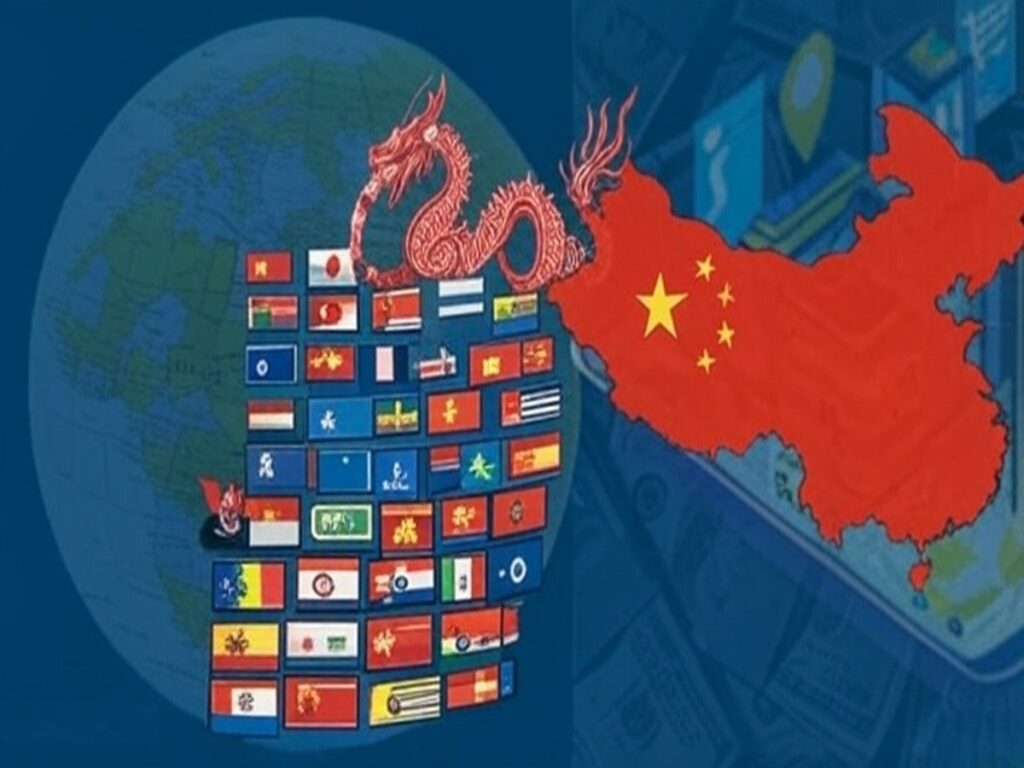How Beijing’s Loans Are Crippling Economies and Seizing Assets
Beijing: China’s aggressive lending practices are pushing developing nations into a financial abyss, with many struggling to repay even the interest on massive loans. Under the guise of development through the Belt and Road Initiative (BRI), China has extended billions in credit, only to tighten the noose of debt collection, leaving countries economically paralyzed and at risk of losing critical assets.
The Scale of China’s Lending
According to a recent report by the Sydney-based Lowy Institute, China is set to collect approximately $35 billion in debt repayments in 2025 from developing nations, with $22 billion coming from the world’s 75 poorest and most vulnerable countries. These loans, often marketed as “friendship gifts” for infrastructure development under the BRI in the 2010s, have left nations like Sri Lanka, Pakistan, and Zambia drowning in debt. Many are unable to repay the principal, with interest payments alone crippling their economies. The report highlights that China’s loan portfolio peaked in 2016, with over $50 billion in new loans disbursed under BRI, making it the largest bilateral lender to low-income nations.
A Global Debt Empire
China’s lending spree began modestly in the early 2000s but exploded by 2015, surpassing the combined lending of all European nations. By 2020, China’s loans accounted for over 40% of the debt owed by low-income countries to bilateral and multilateral creditors. Nations like Pakistan, Kazakhstan, Mongolia, Argentina, Brazil, and the Democratic Republic of Congo, rich in minerals critical for electric vehicle batteries, became prime recipients. However, these countries now face soaring interest rates and dwindling resources to fund essential services like healthcare and education. Sri Lanka’s Hambantota Port, handed over to China on a 99-year lease after defaulting on loans, stands as a stark warning of Beijing’s asset-seizure strategy.
Economic Fallout and Human Cost
The burden of Chinese loans has led to severe socio-economic consequences. A 2023 study by the World Bank noted that debt distress in low-income countries has slashed public spending on poverty alleviation and climate initiatives, exacerbating inequality. In Pakistan, for instance, debt repayments to China consumed 27% of the national budget in 2024, leaving little for social welfare. Meanwhile, predatory Chinese loan apps have driven individuals to despair, with reports of suicides linked to coercive repayment tactics. “China’s lending model prioritizes strategic control over economic viability,” said Dr. Alicia Chen, an economist at the Asia-Pacific Policy Forum, highlighting how Beijing leverages debt to gain geopolitical influence.
A Shift to Debt Collection
Since 2019, China has scaled back new loans due to rising default risks and domestic financial pressures, with new lending dropping to $18 billion that year. The COVID-19 pandemic further strained Beijing’s lending capacity, shifting its role from a global loan donor to a relentless debt collector. Over the next five years (2025–2030), China is expected to intensify efforts to recover funds, putting additional pressure on struggling economies. Countries like Zambia and Ethiopia, already negotiating debt restructuring, face the risk of losing key infrastructure if they default further.
The Road Ahead
The Lowy Institute projects that China’s debt collection will continue to rise through the decade, potentially destabilizing global economic stability. Developing nations, trapped in this cycle, are calling for international intervention to renegotiate terms with Beijing. Without relief, the financial strain could lead to widespread unrest and further asset grabs, cementing China’s influence over vulnerable economies.


